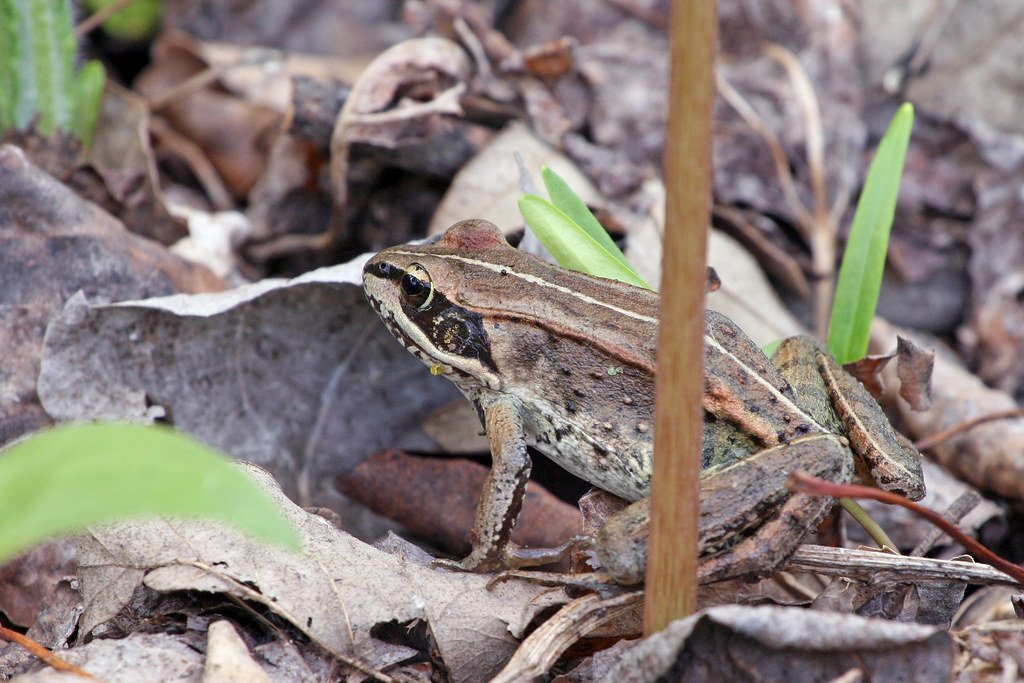By late afternoon, Texas heat turns sidewalks into stovetops and parked cars into ovens. Yet, across ranch gates and city parks, some dogs still jog with their humans while others wilt in the shade after two blocks. What separates the tail-wagging trotter from the panting puddle isn’t luck – it’s biology, history, and a little smart planning. This is a story about form meeting climate, and about how centuries of selective breeding left certain dogs surprisingly equipped for triple-digit days. I’ve watched it myself on a dawn run in Austin: a lean sighthound gliding along while a stocky companion begged for a break – same route, same sun, very different engines.
The Hidden Clues
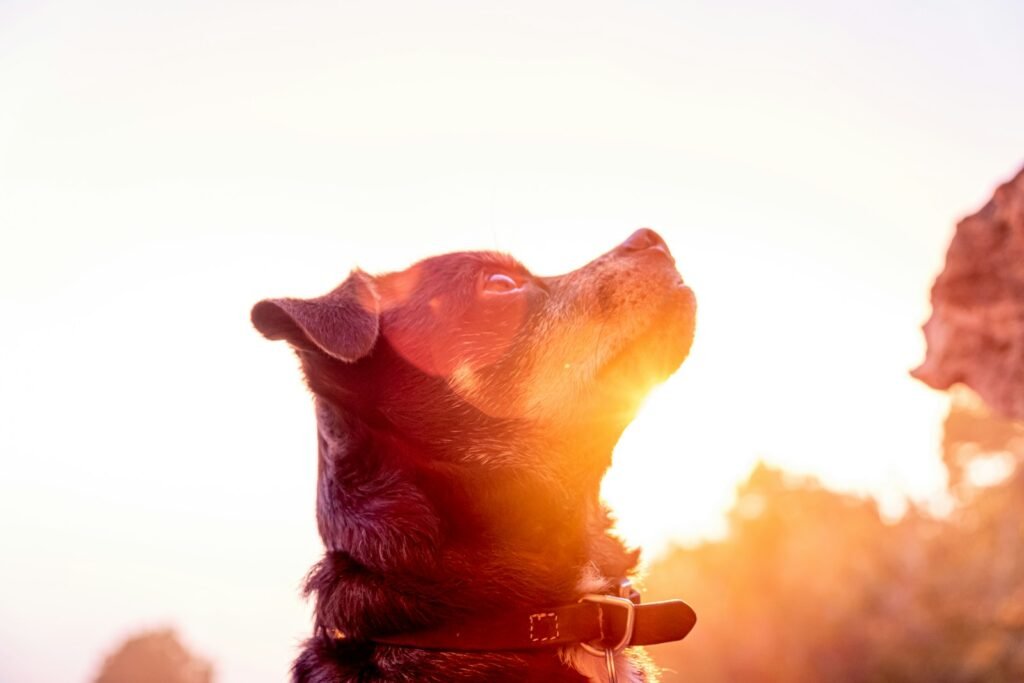
Here’s the quiet truth hiding in plain sight: a dog’s silhouette is a heat map. Long muzzles act like built-in radiators, pushing warm air across moist surfaces and accelerating evaporative cooling. Big, thin ears behave like folding fans, dumping heat through dense networks of blood vessels. Slender frames with long legs lift the torso off scorching ground, improving airflow where it matters most. Short, sleek coats let heat leave quickly, especially when the breeze finally shows up.
Those clues add up in the breeds that keep moving when the thermometer climbs. Think of it as a checklist rather than destiny – traits, not titles. A dog with several of these features starts the race ahead, while one without them needs more help to stay safe. The outcome still depends on hydration, shade, and pacing, but the blueprint makes a difference. In summer Texas, design meets outcome every single day.
From Ancient Tools to Modern Science
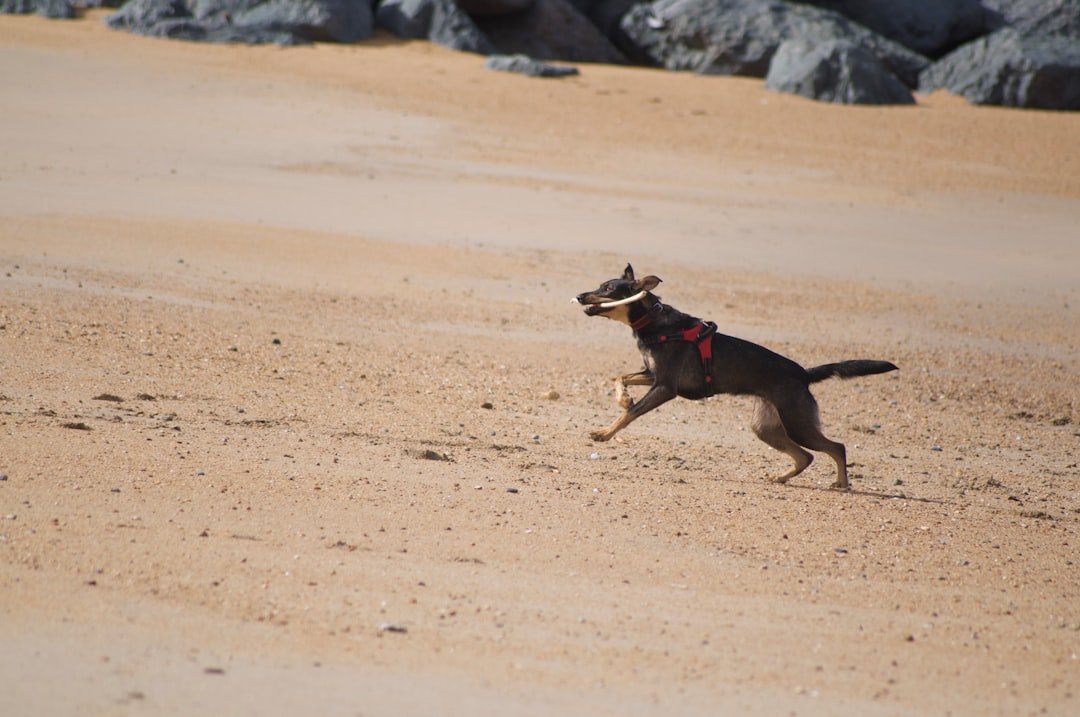
Before air conditioning, dogs adapted to the work and weather around them, and many of today’s heat-savvy breeds trace back to deserts and dry savannas. Sighthounds like Salukis and Azawakhs were built to run long chases in blistering heat, their bodies tuned for efficiency rather than brute force. On a ranch, function shaped form too: agile, short-coated herders learned to move stock at sunrise and dusk, resting when the sun punished the open range. These lineages didn’t just survive heat; their jobs depended on it. What we see as elegance began as survival engineering.
Modern veterinary science has caught up to those old design choices. Thermal imaging shows how ear pinnae and muzzles shed heat; cardio-respiratory studies track how panting frequency rises with humidity; and field trials reveal how speed drops on hot, windless afternoons. Put together, these findings explain why two dogs standing side by side can have wildly different comfort zones. It’s not myth or breed snobbery – it’s measurable physiology playing out on the sidewalk.
Breeds Built for Heat: The Classic Contenders
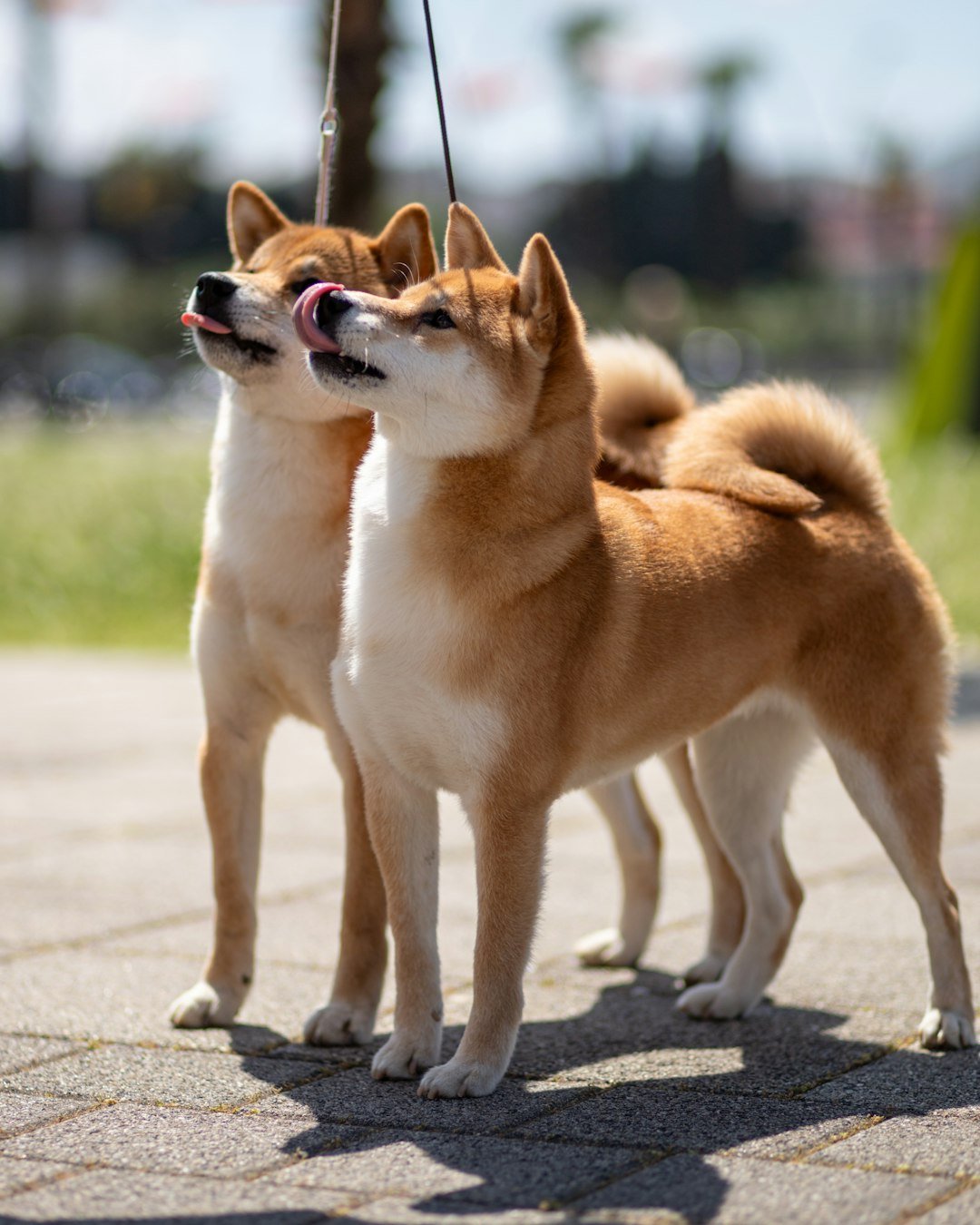
Several breeds consistently handle Texas summers with fewer stumbles, especially when conditioned gradually and given smart schedules. Basenjis, Pharaoh Hounds, Ibizan Hounds, Salukis, and Azawakhs share a familiar toolkit: lean frames, long legs, and short coats that don’t trap heat. Greyhounds and Whippets, often seen sprinting at dawn, manage heat better than their speed suggests because their minimal coats and aerodynamic bodies blow off warmth quickly. The American state dog, the Blue Lacy, is a practical example close to home – short-coated, energetic, and historically used for herding and tracking in Texas conditions. These are not invincible dogs, just animals whose designs match the job.
Even coat color can tip the scale. Lighter shades reflect more solar radiation than deep blacks or chocolates, nudging comfort in the right direction on exposed trails. Paw pads, often ignored, matter as much as coats; a high-stepping gait keeps bellies off radiating asphalt and gives heat more surfaces to leave from. With training, hydration, and sane timing, these breeds often look like they’re negotiating with the sun rather than fighting it. That margin of ease shows up as effortless motion while others are already searching for sprinklers.
The Surprise Performers: Mixed and Regional Lines
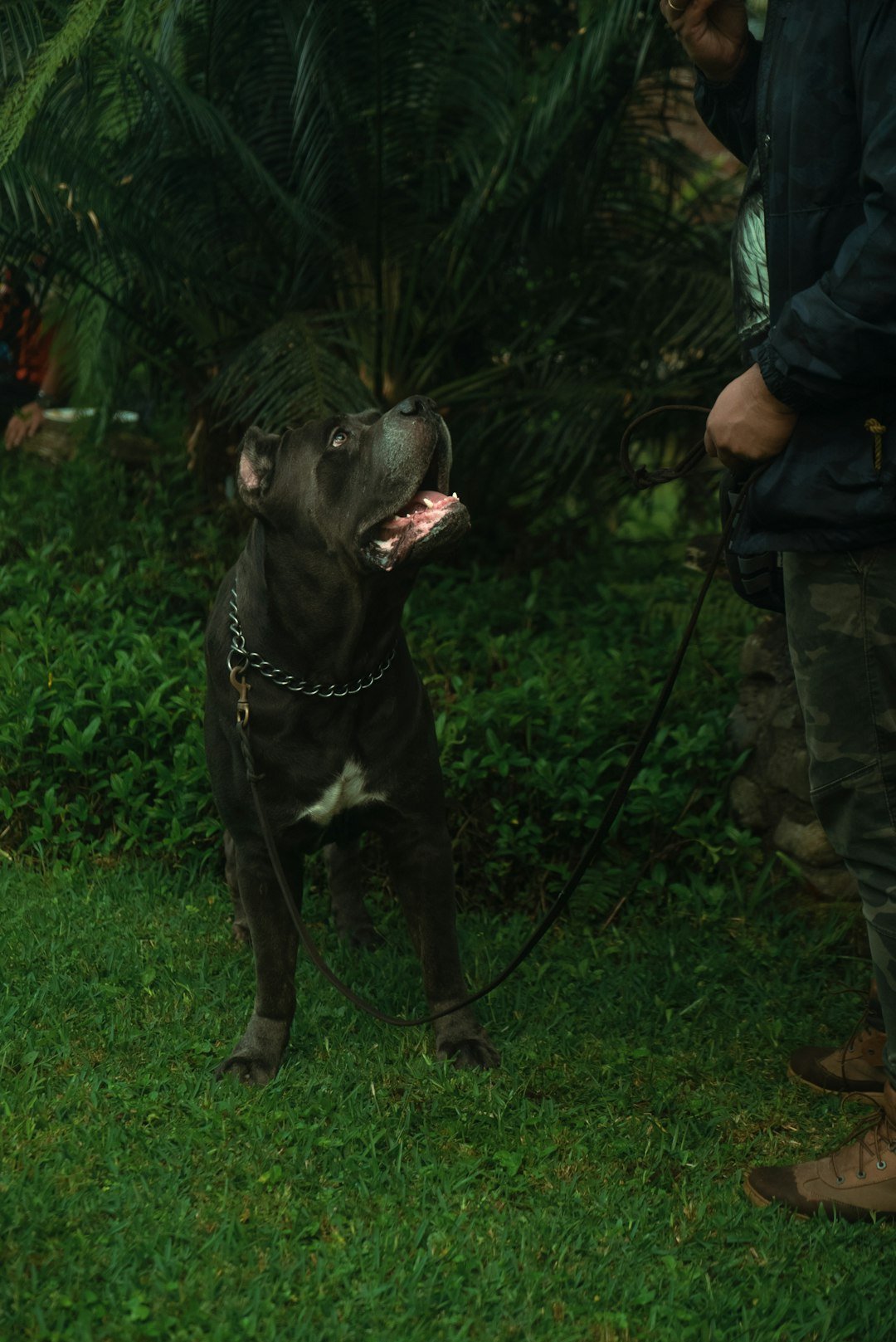
Not every heat-ready dog comes with an exotic name or a registry certificate. Many mixed-breed Texas dogs carry the same heat-friendly features – slim bodies, single coats, athletic builds – that make summer outings doable. Local working lines, selected over decades on ranches more than in show rings, often produce dogs that handle dawn-to-dusk chores with fewer heat stumbles. You’ll see them shift tactics as the day rises, hugging shade lines and drinking at every trough like seasoned field scientists. Behavior becomes a performance enhancer, the way a runner learns to draft in a headwind.
Acclimation magnifies these advantages. Dogs eased into heat over weeks develop more efficient panting patterns and better hydration habits, regardless of pedigree. I’ve seen a shelter mix outlast pedigree peers simply because its daily routine built a tolerance curve the others hadn’t yet earned. The message is humble and hopeful: form helps, but practice and pacing do, too. In Texas, a smart plan can turn a good dog into a great summer partner.
Why It Matters
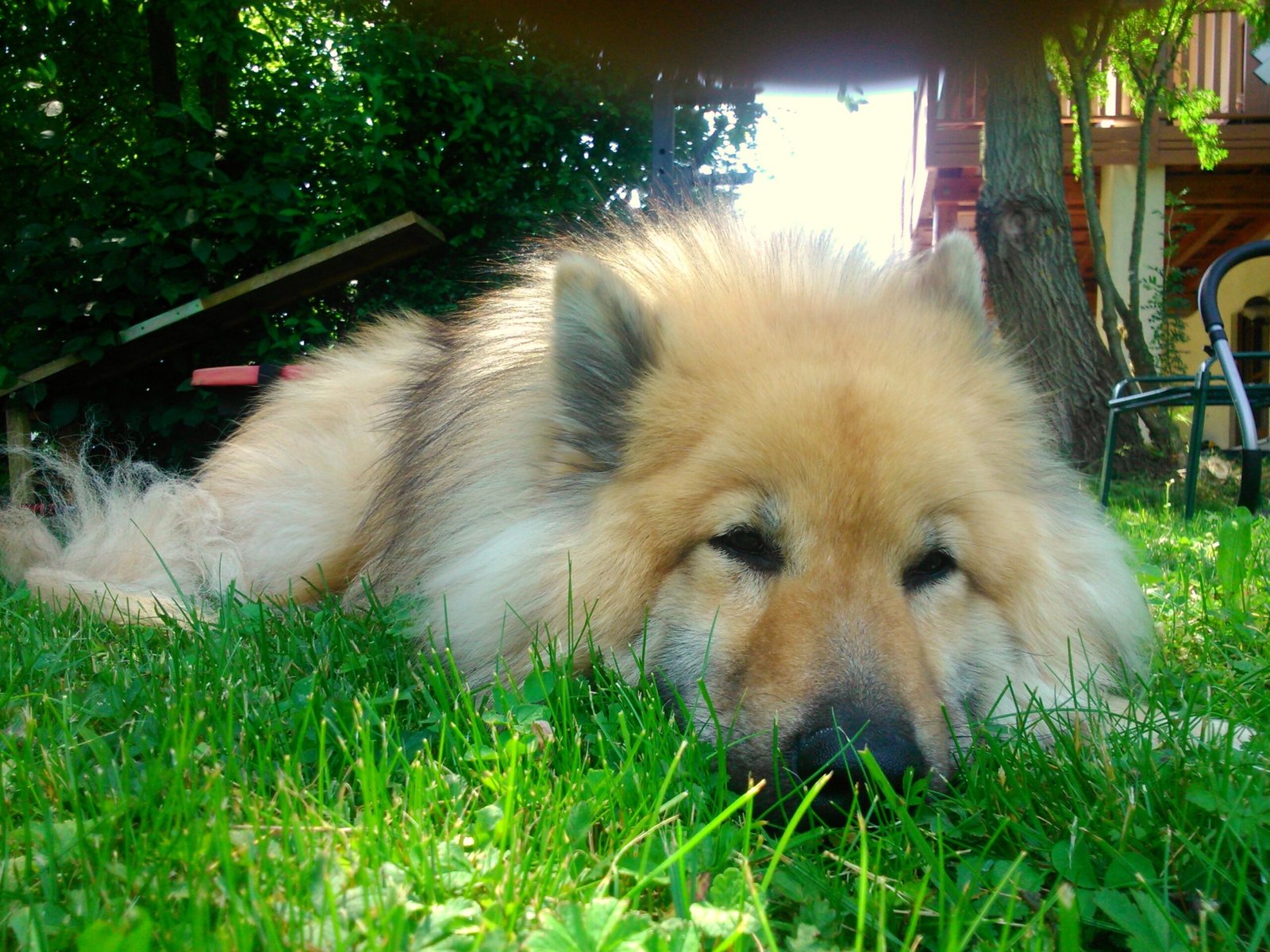
This isn’t a niche concern for enthusiasts; it’s a public-health and animal-welfare issue wrapped together. Heat illness is preventable, but emergency rooms still see the same pattern every summer – short-muzzled, heavily built, or poorly acclimated dogs arriving after brief outings. Choosing a breed aligned with the local climate cuts risk before the first leash clip. It also reduces owners’ reliance on energy-intensive cooling and high-cost gear that only partly compensates for biology. Better matches mean fewer panicked dashes to the vet and more calm, predictable routines when the heat dome parks overhead.
There’s a fairness angle, too. Families adopt dogs hoping for daily walks, play, and companionship; summers shouldn’t cancel that contract. A climate-sensible choice keeps enrichment on the calendar rather than pushing it to a hypothetical cool season. It also helps shelters that struggle during heat waves – fewer heat-sensitive returns, more sustainable adoptions. Aligning science with everyday life can quietly save money, heartbreak, and a lot of panting.
Humidity vs. Heat: The Physiology at Work
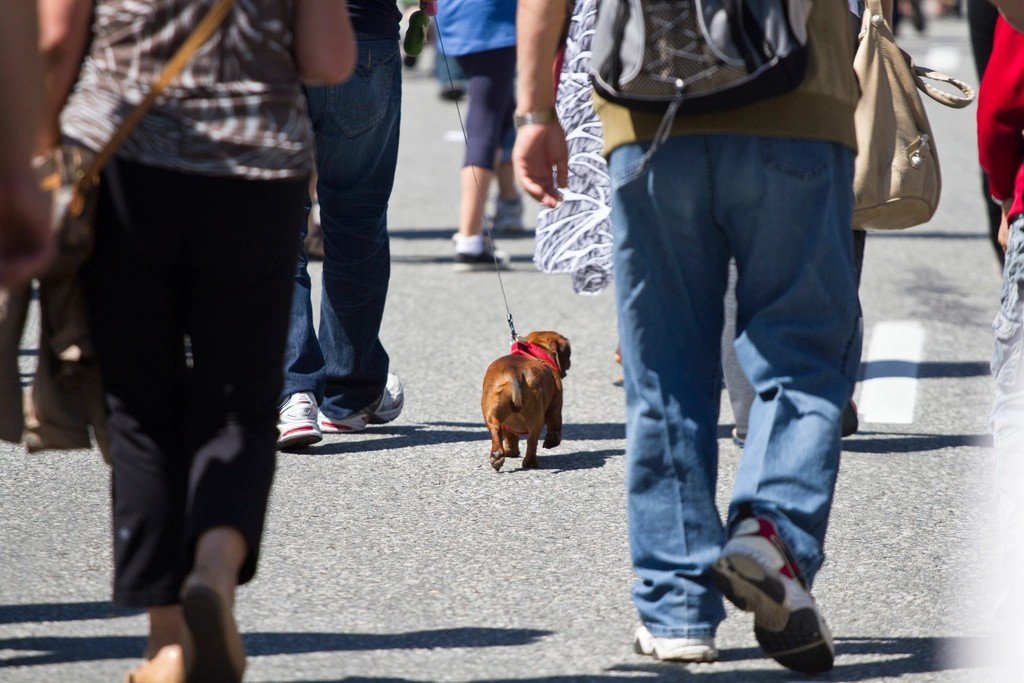
In much of Texas, humidity is the spoiler that turns hot into hazardous. Panting works by evaporating moisture from the mouth, nose, and upper airways, but when the air is already packed with water, evaporation slows to a crawl. Long-nosed breeds still perform better than short-nosed peers, yet even they lose their superpower when the dew point soars. That’s why a cloudy morning on the Gulf Coast can feel tougher than a sunny afternoon in the Panhandle. The number on the thermometer is only half the story; the heat index tells the ending.
Coats complicate the picture. A short, single coat sheds heat fast, while thick undercoats can trap warm air close to the skin, especially when still or humid. Some double-coated dogs manage brief outings by leveraging shade and wind, but once the breeze dies, insulation turns from friend to frenemy. Add hot pavement, and conduction ramps up core temperature from the ground up. It’s a stack of small physics problems, all happening at once.
The Risk List: Who Struggles
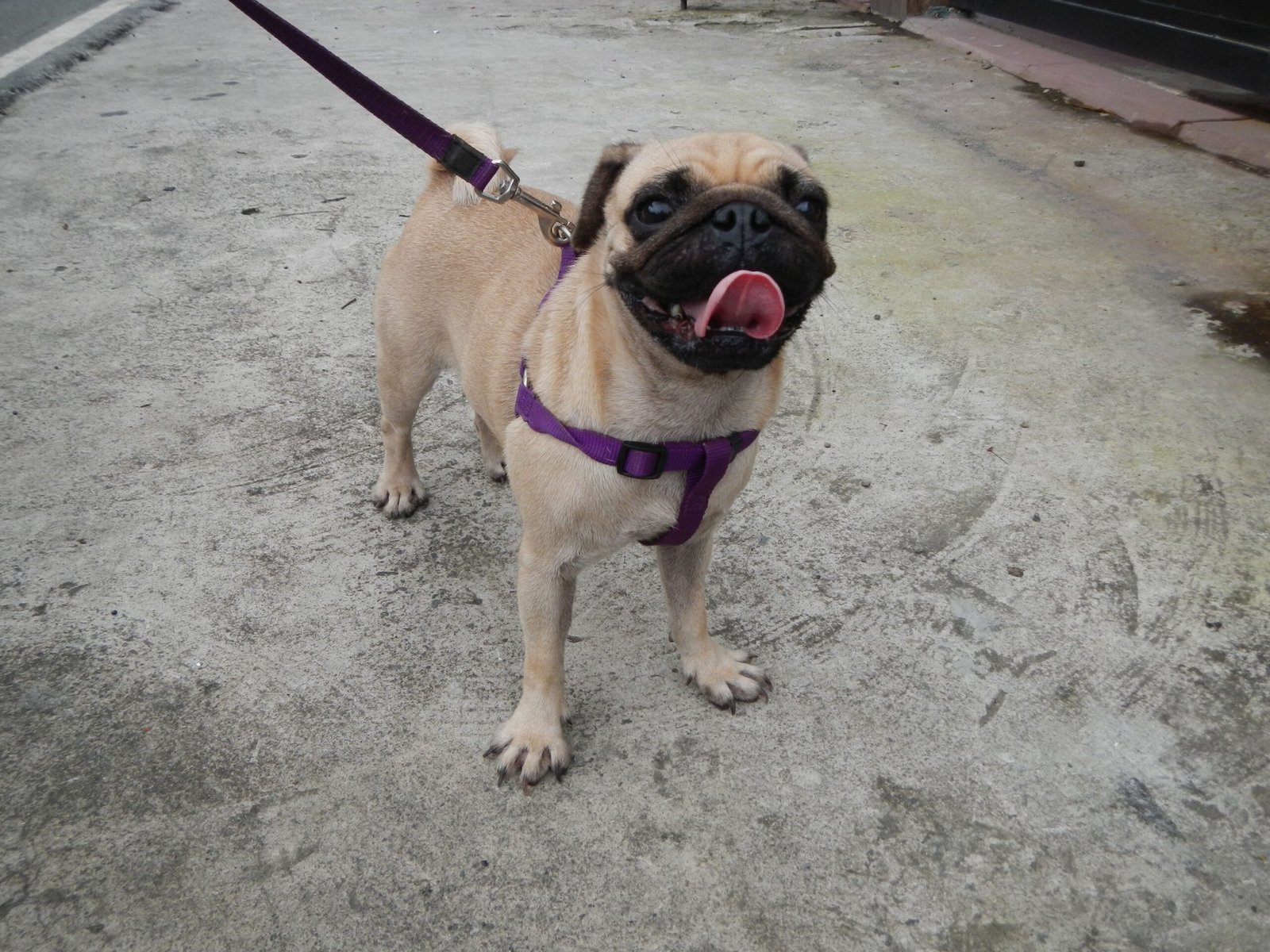
Brachycephalic breeds – Bulldogs, Pugs, French Bulldogs, and their short-muzzled cousins – enter the ring with a disadvantage. Their shortened airways reduce airflow, limit evaporative surfaces, and increase the work of breathing just when the body begs for relief. Heavy, muscular builds compound the problem by generating more metabolic heat per step. Thick, dark coats absorb radiation readily, turning sunbeams into a slow boil. Age, obesity, and underlying heart or respiratory disease add hurdles most owners can’t see until it’s too late.
Practical risks lurk beyond anatomy. Asphalt can reach paw-burning temperatures well before breakfast, and water bowls left in the sun heat into doggy tea. Signs of trouble pile up fast – unrelenting panting, glassy eyes, wobbling steps, collapse – and minutes matter. That’s why timing, shade, and water aren’t optional accessories but essential gear. In Texas summer, prevention is the only strategy that consistently wins.
The Future Landscape
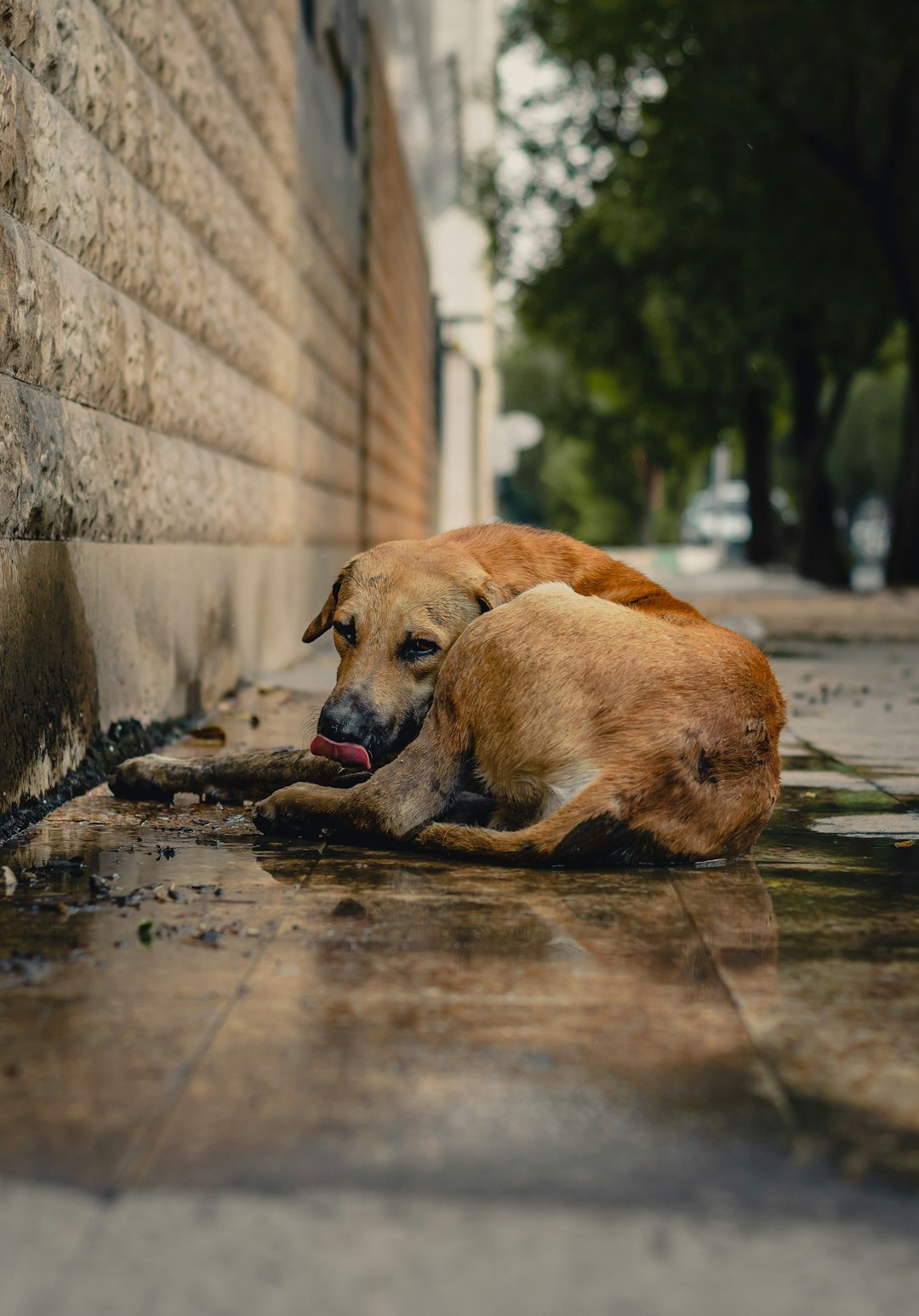
As heat waves grow longer and arrive earlier, owners and cities will have to get smarter together. Expect more evaporative cooling vests, reflective shade canopies, and park designs that bake in water access, wind corridors, and paw-friendly surfaces. Wearables already track temperature, heart rate, and activity; the next generation will warn you to turn back before your dog shows distress. Community cooling trails – routes mapped for shade, breeze, and water – could become as normal as bike lanes. That’s infrastructure as a wellness policy, not just a nice-to-have.
Breeding priorities may also shift. Lines selected for longer muzzles, lighter coats, and endurance instead of bulk could reduce heat risk without changing the spirit of beloved breeds. Training culture will keep adapting, with sunrise sessions, micro-breaks, and hydration drills turning into everyday habits. Science will nudge design, and design will nudge behavior. The winner, ideally, is the daily walk that still feels joyful in July.
Conclusion
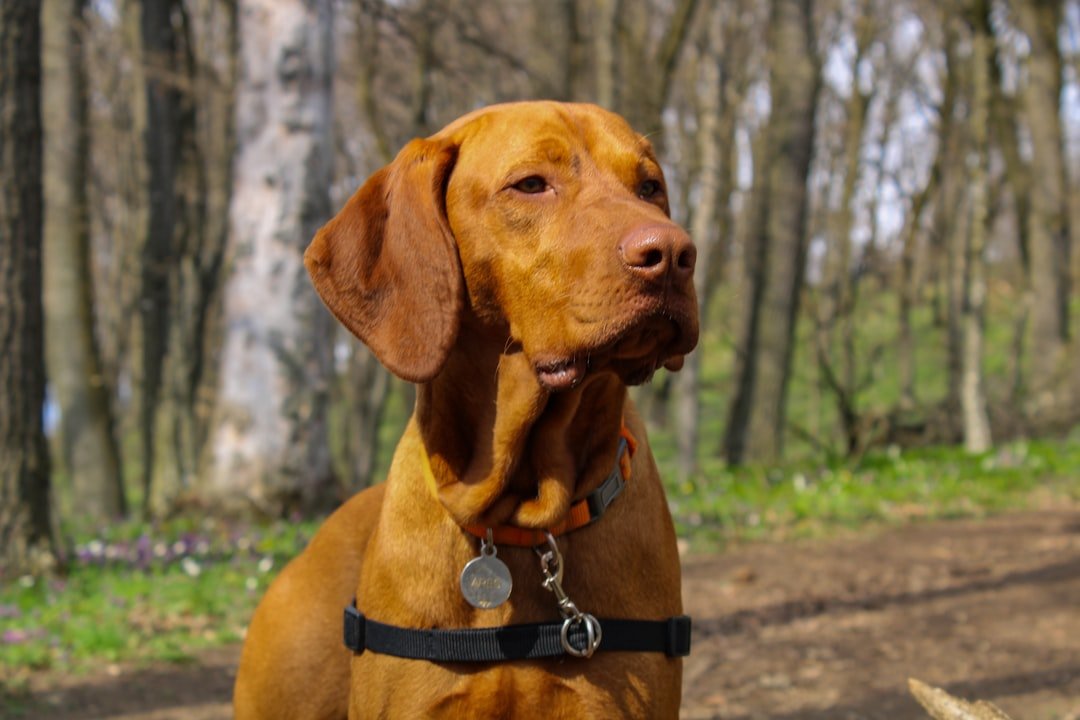
If you’re choosing a dog in Texas, start with traits that fit the climate: longer muzzle, lean build, short single coat, and a temperament that enjoys dawn and dusk more than noon. For dogs you already love, shift routines – water up before walks, test pavement with your palm, and chase shade like it’s a game. Build acclimation over weeks, not weekends, and cancel outings when humidity spikes, even if the temperature looks mild. Keep a simple kit by the door: collapsible bowl, electrolyte-safe water for you and plain cool water for your dog, and a plan for rest stops. Small, steady choices beat gadgets and bravado every time – ready to make the next walk the smart one?

Suhail Ahmed is a passionate digital professional and nature enthusiast with over 8 years of experience in content strategy, SEO, web development, and digital operations. Alongside his freelance journey, Suhail actively contributes to nature and wildlife platforms like Discover Wildlife, where he channels his curiosity for the planet into engaging, educational storytelling.
With a strong background in managing digital ecosystems — from ecommerce stores and WordPress websites to social media and automation — Suhail merges technical precision with creative insight. His content reflects a rare balance: SEO-friendly yet deeply human, data-informed yet emotionally resonant.
Driven by a love for discovery and storytelling, Suhail believes in using digital platforms to amplify causes that matter — especially those protecting Earth’s biodiversity and inspiring sustainable living. Whether he’s managing online projects or crafting wildlife content, his goal remains the same: to inform, inspire, and leave a positive digital footprint.



